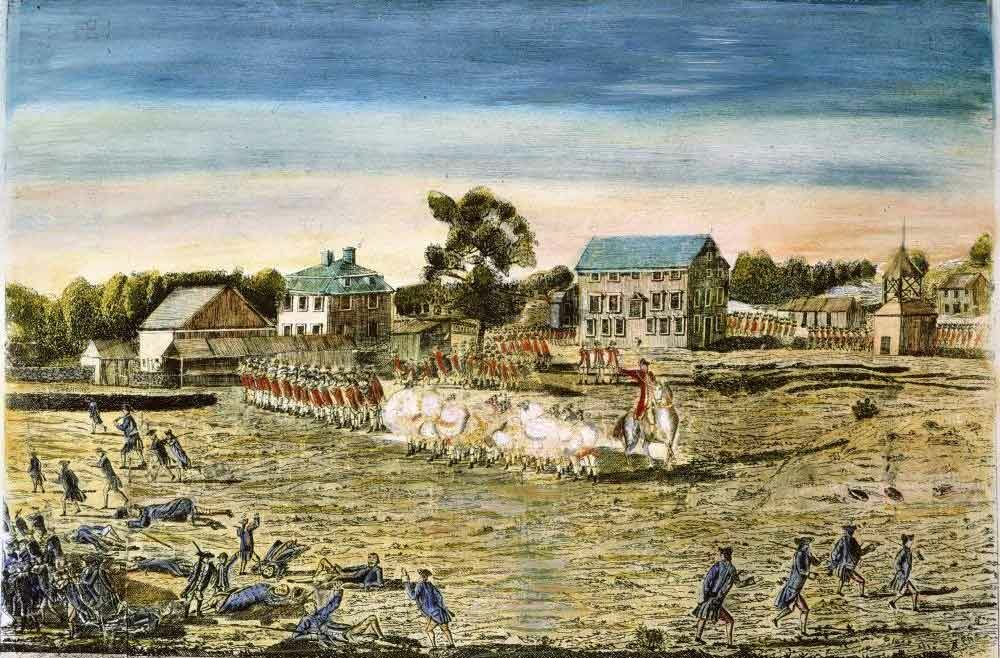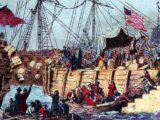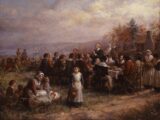
The Dawn of the American Revolution

July 4th, 2026 will mark the 250th anniversary of the signing of the Declaration of Independence. It is important to look at the events that led up to this defining moment in American history. The Battles of Lexington and Concord which were fought on April 19, 1775, marked the beginning of the American Revolutionary War and were the result of growing tensions between the American colonists and the British government. The confrontations galvanized the colonies and set the stage for the struggle for independence.
The roots of the conflict can be traced back to the series of oppressive policies and taxes imposed by the British Parliament, including the Stamp Act and the Townshend Acts. The colonists, who had no representation in Parliament, vehemently opposed these measures, leading to widespread protests and the formation of groups like the Sons of Liberty.
In early 1775, General Thomas Gage, the military governor of Massachusetts, received orders to seize and destroy military supplies stored by the colonial militia in Concord. On the night of April 18, Gage dispatched a force of about 700 British soldiers, under the command of Lieutenant Colonel Francis Smith and Major John Pitcairn, to carry out the mission.
However, the colonists were prepared. Paul Revere, William Dawes, and Samuel Prescott rode through the countryside, warning the militia of the approaching British forces. By the time the British reached Lexington at dawn on April 19, they were met by a company of 77 Minutemen, led by Captain John Parker.
The Battle of Lexington
As the British troops arrived in Lexington, they encountered the Minutemen on the village green. The exact details of what happened next are unclear, but a shot was fired, known as “the shot heard ’round the world.” This shot triggered a brief skirmish, during which eight colonists were killed and ten were wounded. The Minutemen were forced to retreat, and the British continued their march to Concord.
The Battle of Concord
Upon reaching Concord, the British found that most of the military supplies had already been relocated by the colonists. They began searching the town and destroying what little they could find. Meanwhile, the colonial militia, now numbering around 400, gathered at Concord’s North Bridge.
As the British troops attempted to cross the bridge, they were met by the colonial militia. A fierce firefight ensued, resulting in the British being forced to retreat. This engagement at North Bridge marked the first organized resistance by the colonial forces against the British, and it proved to be a turning point in the battle.
The Battles of Lexington and Concord had profound implications for the American colonies. News of the confrontations spread rapidly, inciting a wave of support for the colonial cause. Within days, thousands of militiamen from throughout New England had gathered around Boston, effectively laying siege to the city.
These battles also prompted the Continental Congress to convene in May 1775, leading to the formation of the Continental Army under the command of George Washington. The events at Lexington and Concord inspired the colonies and united them in their fight for independence, setting the stage for the American Revolutionary War.
The Battles of Lexington and Concord are remembered as the opening salvo of the American Revolution. They symbolize the courage and determination of the American colonists to stand up against tyranny and fight for their rights. The sacrifices made by those who fought in these early battles paved the way for the eventual victory and the establishment of the United States of America.
Brought to you by Vacation Liberty School of Georgetown, TX
www.vacationlibertyschool.org



